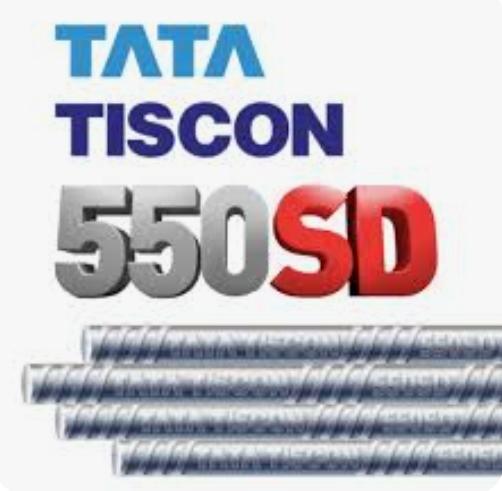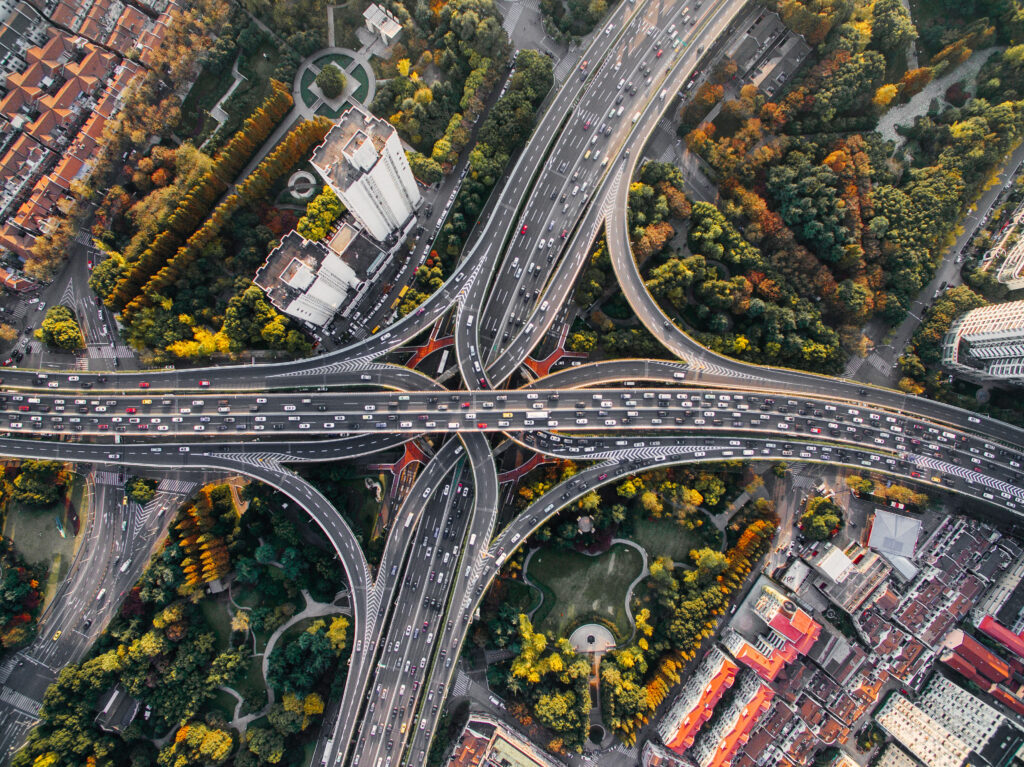TRANSPORTATION INFRASTRUCTURE: CHALLENGES AND OPPORTUNITIES IN URBAN ENVIRONMENTS
Introduction
Transportation infrastructure plays a crucial role in the functioning and development of urban environments. It serves as the backbone of cities, enabling the movement of people, goods, and services. However, urban transportation systems face numerous challenges due to population growth, congestion, environmental concerns, and evolving technology. This article explores the key challenges faced by transportation infrastructure in urban environments and highlights the opportunities for improvement and innovation.
- Congestion and Capacity
One of the most significant challenges in urban transportation infrastructure is congestion. As cities grow and populations increase, roads become overcrowded, leading to traffic jams and delays. Limited road capacity poses a significant obstacle to efficient mobility. Furthermore, congestion not only affects the movement of people but also impacts the timely delivery of goods and services.
To address this challenge, cities are adopting various strategies. Integrated traffic management systems that use real-time data and advanced analytics help optimize traffic flow and reduce congestion. Moreover, the promotion of alternative transportation modes such as public transit, cycling, and walking can help reduce the reliance on private vehicles and alleviate congestion.
- Environmental Sustainability
Another pressing challenge in urban transportation infrastructure is its environmental impact. Traditional transportation systems heavily rely on fossil fuels, contributing to air pollution and greenhouse gas emissions. To combat climate change and promote sustainability, cities must shift towards cleaner and more sustainable transportation options.
The integration of electric vehicles (EVs) into the transportation network is a promising solution. Expanding charging infrastructure and incentivizing EV adoption can accelerate the transition to a greener transportation system. Additionally, promoting active transportation modes, such as cycling and walking, can improve air quality, reduce emissions, and enhance public health.
- Infrastructure Aging and Maintenance
Many cities face the challenge of aging transportation infrastructure. Bridges, roads, and tunnels deteriorate over time due to wear and tear, weather conditions, and increased usage. Ensuring the safety and reliability of infrastructure is essential for urban mobility.
Investing in infrastructure maintenance and rehabilitation is crucial. Regular inspections, repairs, and upgrades are necessary to extend the lifespan of existing transportation assets. Cities should also prioritize sustainable design and construction practices to enhance infrastructure durability and reduce maintenance requirements in the long term.
- Safety and Security
Safety and security are paramount concerns in urban transportation infrastructure. Accidents, collisions, and crimes can undermine public confidence in the system and deter people from using public transportation or walking and cycling.
To enhance safety, cities can implement intelligent transportation systems (ITS) that use sensors, cameras, and real-time data analysis to monitor and manage traffic conditions. This enables timely response to incidents and the implementation of proactive safety measures. Improving infrastructure design, such as adding dedicated bicycle lanes and pedestrian-friendly features, can also contribute to safer transportation options.
- Technological Advancements
Advancements in technology provide opportunities to transform urban transportation infrastructure. Intelligent transportation systems, connected vehicles, and autonomous vehicles offer new possibilities for improving efficiency, safety, and sustainability.
Integrating emerging technologies into transportation infrastructure requires collaboration between the public and private sectors. Governments can establish regulatory frameworks to ensure safety and promote innovation. Furthermore, investing in research and development can support the deployment of advanced technologies and foster smart transportation systems that are seamlessly connected and responsive to user needs.
Conclusion
Transportation infrastructure in urban environments faces numerous challenges, but also presents opportunities for improvement and innovation. By addressing congestion, promoting sustainability, investing in maintenance, ensuring safety and security, and embracing technological advancements, cities can build more efficient, resilient, and people-centered transportation systems. Overcoming these challenges requires collaboration between government entities, transportation agencies, urban planners, and citizens to create a future where transportation infrastructure supports sustainable urban development.


